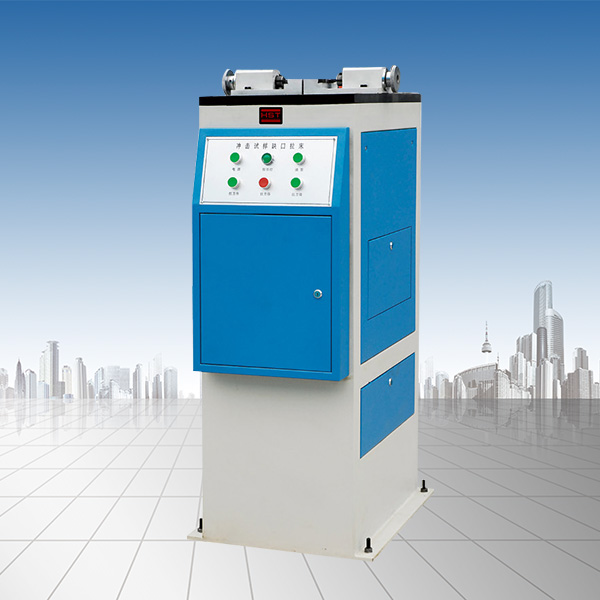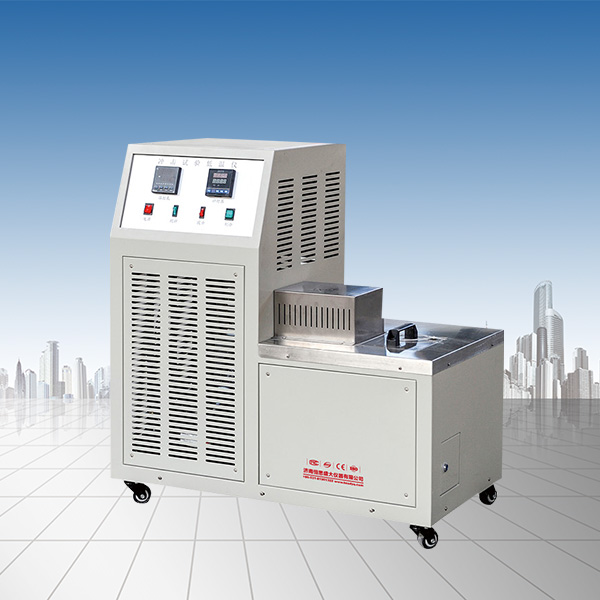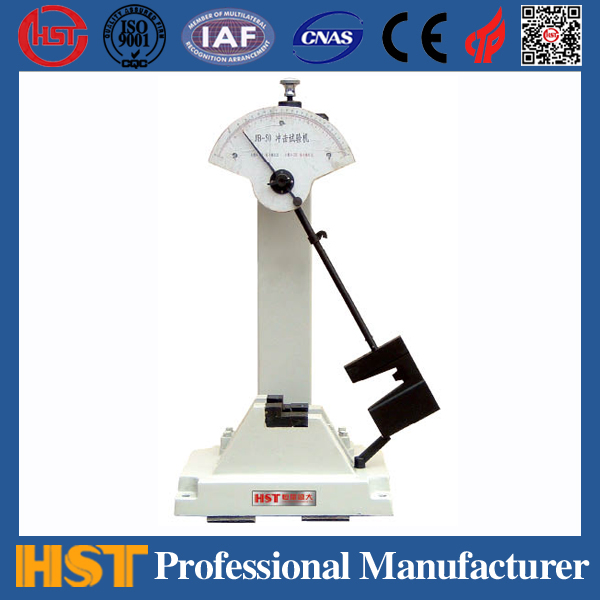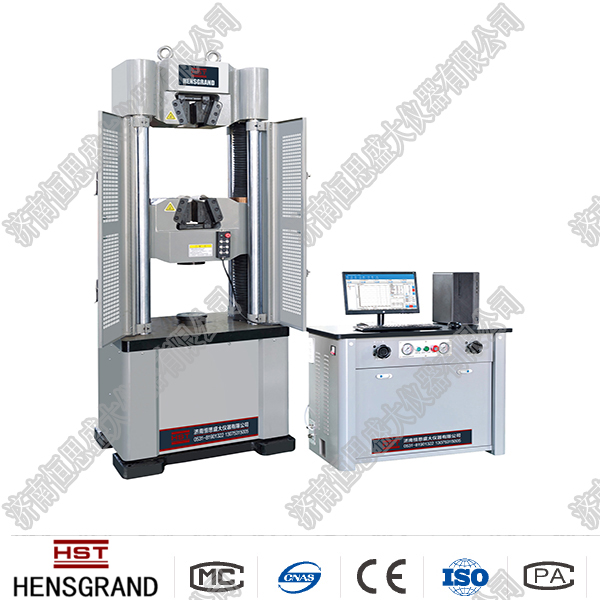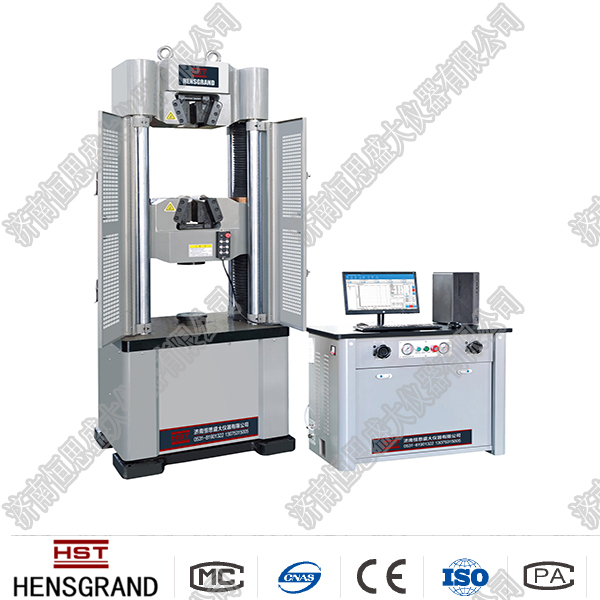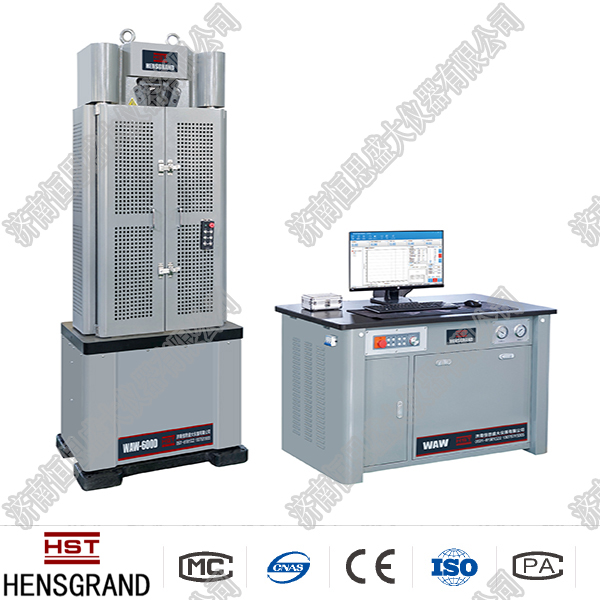Industry Information
Test method for polymer cement waterproof coating
Release time:2018-11-23 source:Jinan Hengsi Shanda Instrument Co., Ltd. Browse:
The coating film permeability test method is mainly based on the relevant provisions of the water permeability pressure ratio test in JC474-92 (96) "Mortar and Concrete Waterproof Agent". Taking into account the characteristics of polymer cement waterproof coatings and the requirements of long-term water-soaking environment, this standard makes appropriate supplements and changes to the test piece preparation procedures, maintenance methods and test results. For example: 1) The reference test piece was cancelled and the permeable mortar test was directly used for permeable mortar test under pressure of 0.3 to 0.4MPa; 2) In order to facilitate the observation of the adhesion effect of the coating film on the wet base surface under impermeable conditions, this standard stipulates that the coating film is made on the back water surface; 3) The requirements for adding the maintenance conditions of the humid environment, the test is placed in a cement curing box (room) for maintenance; 4) The test end point was determined to be changed to 3 test pieces with 2 permeable and the test was suspended.
The test method for bonding strength of the wet base surface is mainly based on the test method of bonding strength under standard conditions in GB/T16777. For application in humid environment, certain changes have been made to the above method, namely: 1) The semi-"8" shaped mortar block should be soaked in water for 24 hours before coating the film to ensure that the mortar block is in a saturated and water-absorbing state; 2) To simulate humid environment conditions, a cement standard maintenance box (room) is used as the maintenance condition; 3) During the test, an electric flexural anti-flexural anti-flexural anti-flexural anti-flexural anti-flexural anti-flexural anti-flexural anti-flexural anti-flexural anti-flexural anti-flexural anti-flexural anti-flexural anti-flexural anti-flexural anti-flexural anti-flexural anti-flexural anti-flexural anti-flexural anti-flexural anti-flexural anti-flexural anti-flexural anti-flexural anti-flexural anti-flexural anti-flexural anti-flexural anti-flexural in a stable condition; 3) The electric flexural anti-flexural anti-flexural anti-flexural anti-flexural anti-flexural anti-flexural anti-flexural in a tensile test machine, using a 50mm/min pull speed, which is equivalent to the 10N/s speed of flexural anti-flexural; 4) The calculation method of the test results is added.
Solid content
This item refers to the solid content after mixing the two groups, which is an indicator for the user to calculate the amount of material used and the thickness of the coating. Its index value is mainly determined by reference to the quality requirements and verification test results of volatile cured synthetic polymer waterproof coatings in GB50207 "Technical Specifications for Roof Engineering".
Drying time
The coating drying time is an important construction performance indicator for volatile cured coatings, which is directly related to the connection between the upper and lower processes. During actual construction, the drying time of the coating will vary greatly due to environmental conditions such as temperature, humidity, and wind speed. Therefore, the drying time of the standard conditions is only relatively meaningful. Its index value is determined based on the newly revised "Technical Specifications for Underground Engineering" and based on the results of verification tests.
Tensile properties
Tensile properties refer to the tensile strength and elongation of breaking under standard conditions and after treatment with heat, alkali and ultraviolet rays. This project is an important performance indicator for measuring the quality of waterproof coatings, and is also one of the important performances of waterproof coatings. In particular, several treatment conditions have been valued as a durability-related factor in the newly revised Japanese JISA6021 standard.
Tensile strength
This performance is used as an important indicator of the paint in standard data in Japan, South Korea and Singapore. This standard refers to the acrylate rubber product indexes in the Japanese JISA6021 standard, standardized data from South Korea and Singapore, as well as the technical requirements in national standards such as my country's GB50207 and "Technical Specifications for Waterproofing of Underground Engineering" and determines specific performance indicators based on the verification test results. If the performance characteristics of the product and the actual engineering application needs, the tensile strength of the type I product is set to be lower than that of the type II product, and its index level is higher than the provision that Class II synthetic polymer waterproof coatings in the GB50207 standard is not less than 0.5Mpa. This standard sets the tensile strength retention rate after heat, alkali and ultraviolet ray treatment to be no less than 80%. This index level is comparable to that in Japanese JISA6021, where the tensile strength retention rate after alkali treatment is no less than 60% higher than that of Japanese standards.
Elongation of break
This is the main indicator of the elongation of the coating. Considering that Type I products are mainly used in roofs and walls, the elongation index of breaking should be greater than that of Type II products. The index level specified in Table 1 is lower than the provision that Class II synthetic polymer waterproof coatings in GB50207 is not less than 400%, and is also lower than the provision that Japanese standards are not less than 300%. The elongation index of Type II products is between South Korea and Singapore, but it is comparable to the indicators required by my country's "Technical Specifications for Waterproofing of Underground Engineering".
The elongation index of break after heat, alkali and ultraviolet rays is basically determined by reference to the verification test results and actual engineering applications. Among them, the performance requirements of H-type products comply with the indicators specified in the national standard "Technical Specifications for Waterproofing of Underground Engineering". Regarding the elongation index of break, during the solicitation of opinions, some companies reported that the indicators were too large and the requirements were strict, and suggested lowering the indicators. However, users proposed that "in underground projects, wall panel cracking is very common. The reason is not only settlement deformation, but more of shrink deformation and deformation under lateral pressure. In some cases, the number and width of basement wall cracks are no less than that of the roof." Therefore, waterproof coatings with a certain elongation are required in underground projects. Regarding the above different views, we have listened to the opinions of experts in the standard revision of the "Technical Specifications for Waterproofing of Underground Engineering" many times, and finally determined the indicator obtained in Table 1 based on the results of the discussion based on the "Standard Review Committee". This indicator has been applied in actual engineering. If it is found that it is not perfect enough, it can be adjusted in the next revision.
Referring to the newly revised JISA6021, the elongation of break is represented by the measured value. This method of expressing values can more directly reflect the waterproof effect of the project for the moving seams.
Wet base bonding strength
The bonding strength of the wet base surface is a test that characterizes the performance characteristics of JS waterproof coatings. It reflects the water resistance of the coating film in a humid environment to a certain extent. Its technical indicators are mainly determined by reference to the results of the verification test.
- Previous article:Analysis of the properties of the base paper
- Next article:What instruments are required for impact tests
Recommended productsPRODUCTS


















